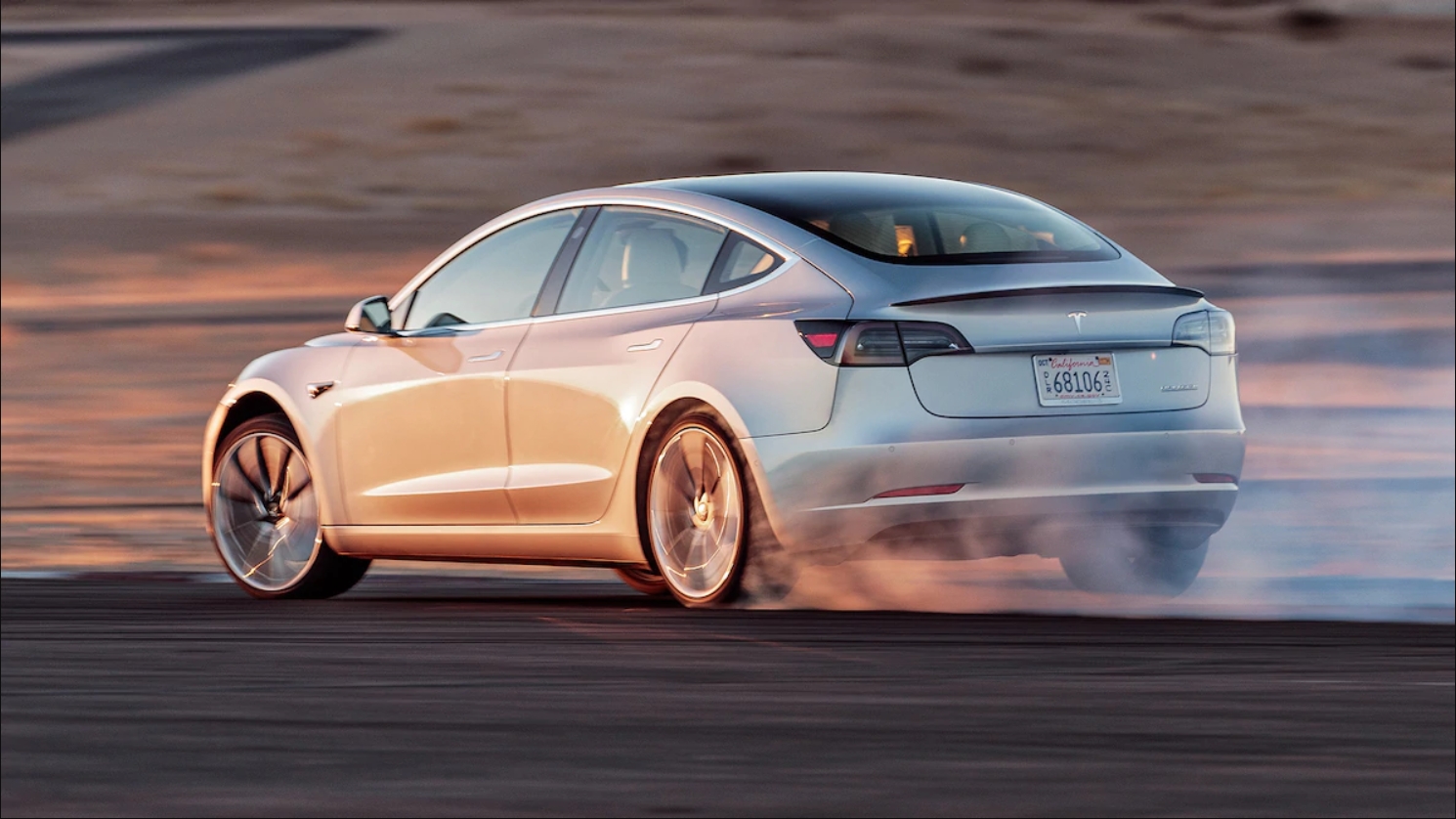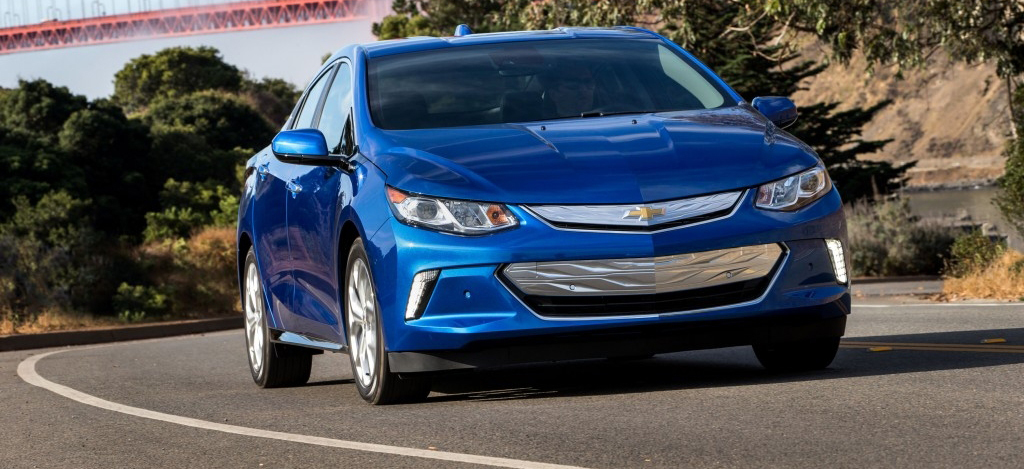
Tesla took a big bet when it decided to launch the Model 3. Being a vehicle designed for the mass market, the sheer scale of the sedan’s production was something that Tesla has not dealt with before. It took more time than expected and a trip through “production hell,” but the Model 3 has now been ramped, with Elon Musk noting that producing 5,000 of the vehicles per week is currently no big deal for Tesla.
The market’s reception to the Model 3 has been encouraging. The vehicle has been performing well in the United States, ranking among America’s best-selling passenger cars. In September alone, the Model 3 became the 4th best-selling car in the US based on sales volume. Based on revenue, the Model 3 was even more impressive, ranking first among passenger cars sold in the country. Tesla does not seem to be planning on pulling back from its Model 3 push either, as the electric carmaker has started rolling out exhibits of the vehicle to Europe and Asia this month.
Amidst the evident success of the Model 3 and Elon Musk’s high-stakes bet on the electric sedan, another class of vehicles has begun to show notable signs of a decline — the plug-in hybrids. Plug-in hybrid electric vehicles (PHEV) are equipped with both an electric motor and an internal combustion engine. Popular cars in this class include the Chevy Volt, with its all-electric range of up to 53 miles, and a total range of 420 miles with a full battery and a full tank of gas.

PHEVs have mostly served as the “gateway” vehicles for customers looking to make the jump to electric transportation. Being equipped with a gasoline engine, owners need not worry about any of the initial drawbacks of pure EVs, such as limited range. Plug-in Hybrid and Electric Vehicle Research Center director Gil Tal noted to Bloomberg that in a way, PHEVs are like the “training wheels” of the electric car movement. That said, Tal noted that as practical, capable EVs like the Model 3 emerge, consumers might simply skip PHEVs and adopt all-electric cars instead.
“A full electric (car) is a much more elegant solution. It’s very simple to build and very low maintenance. It’s just a much more simple story. Plug-in hybrids are just the training wheels in the industry’s preparation for electric cars,” Tal said.
The death of plug-in hybrid electric vehicles became more real recently, with GM announcing that it was closing several of its plants across the United States and Canada. Among these plants was GM’s oldest factory at Detroit-Hamtramck, which produces the Volt. In a later statement, GM confirmed that it would be discontinuing the production of the Volt, with the company focusing on developing all-electric cars like the Bolt EV instead.

GM has announced that it is discontinuing the production of the Chevy Volt. [Credit: Chevrolet]
In a way, the apparent death of the PHEV seemed to have been predicted by Elon Musk eight years ago. In a statement to the media during the opening ceremony of the Fremont factory, Musk likened PHEVs to amphibians during the process of evolution. And just like amphibians, Musk noted that the number of PHEVs would likely decrease as the market moves into the full-electric era.
“(PHEVs are) similar to an amphibian. In the transition from the oceans to land, initially, there were a lot of amphibians. Now there’s not that many amphibians. So the only reason you’d ever need that gasoline engine is if the battery pack does not have enough range, if the recharge times are really slow, and all those things will get solved. So there’s a medium-term role for a plug-in hybrid, but in our view, not a long-term role. I think there’s a role for plug-in hybrids today and there’s a role for electrics, but I think long-term, it all goes electric.”
The seemingly impending death of the plug-in hybrid is not just the result of electric cars like Tesla’s Model S, 3, and X. Earlier this year, a Forbes report earlier this year noted that the efforts (or lack thereof) of manufacturers such as GM are partly to blame for the decline of PHEVs. Inasmuch as the Volt was warmly received by owners and well-reviewed by critics, for example, the vehicle remained a rare sight among GM’s dealerships across the United States. GM’s TV advertising campaigns have not featured the Volt, or its all-electric sibling, the Bolt EV, either.
That said, GM appears to be taking its EV initiative seriously this time around. Earlier this month, for one, VP of global strategy Mike Ableson boldly declared during a press conference that GM is looking to “lead the industry in EVs sometime in the next decade or so.” The next years will determine if these words will be true.


